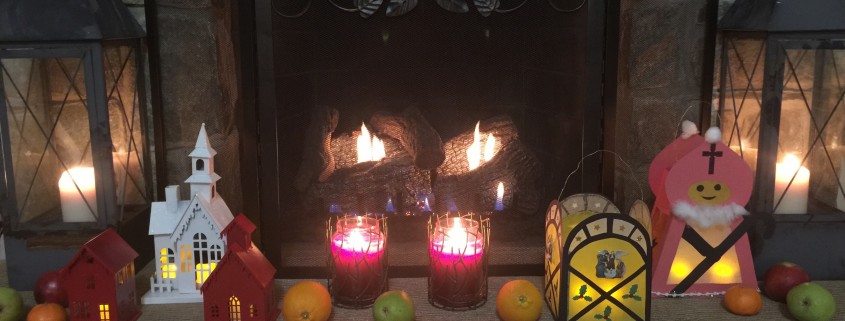Shining a light on the meaning of St. Martin’s Day Tradition in Germany with lanterns and more!
St. Martin’s Day Tradition!
St. Martin of Tours was a soldier in the roman army. One winter, he was riding on his horse and saw a beggar freezing on the side of the street. Martin took off his coat and divided it with his sword into two pieces to share with the poor man. In that night, so the legend goes, a man appeared in Martin’s dream and Martin recognized him as Jesus—wearing the other half of the coat he gave to the beggar. Martin felt compelled to quit the army, get baptized, and later became a bishop. After his death, he was declared holy by the Pope and was canonized the patron saint of the poor and the soldiers. St. Martin’s Day tradition is celebrated every year in November.
Even though St. Martin died on the 8th of November 397, the Germans and some other European countries celebrate St. Martin’s every year on November 11tth, the date of his funeral. After sunset, children walk with their homemade, candle-lit lanterns on a stick through the streets following a man dressed as St. Martin on the horse. The walk usually ends at a bonfire, where the depiction of St. Martin cutting and sharing his coat comes alive, and the children receive their Bread Man (Weckman, Stutenkerl).
Saint Martin’s Day Food
The Martin’s Goose is another St. Martin’s Day tradition. It’s also known as the Martinsgansessen a St. Martin’s Feast. Butchered the night before St. Martin’s Day, the goose is usually stuffed with apples, prunes, bread; and seasoned with herbs and spices. Depending on the region, bakeries offer edible Martin Men with little pipes in their mouths. They are a treat made from yeast dough.
In the links below, I’ll show you how to roast a Martin’s Goose, how to bake the Martin Men, and how to make the paper lanterns. I’ve always enjoyed celebrating the St. Martin’s Day tradition when my children were young. It’s another great memory worth keeping alive—and sharing.
Yours, Oma







